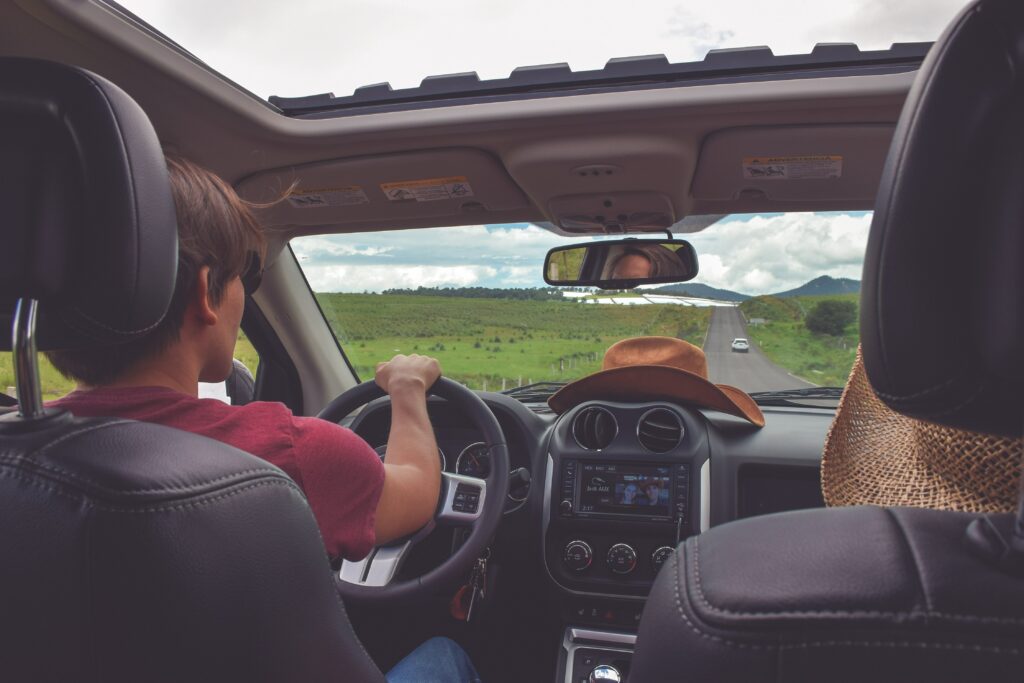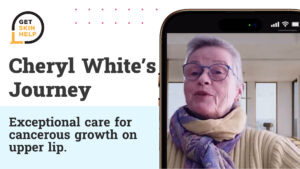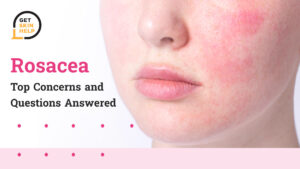
Photo by Alex Jumper on Unsplash
We have all heard myths about UV Rays. We all have been on one of those long summer road trips where the sun is shining so hard you need to pull down the visor.
We have also faced cold and bitter winters and had to shovel heavy snow while the sun shines brightly into our eyes.
And in those moments the sun is just as capable of creating skin damage. Many believe that you are protected from UV rays inside of a car due to treated glass, or that you cannot get a sunburn in the Winter. Unfortunately, this not always the case.
To get a better understanding of why, we must first know how UV rays work.
First, there are three types of UV rays: UVA, UVB, and UVC.
UVA rays are long-range radiation wavelengths that are capable of penetrating deep into the skin and accelerate the aging process and can lead to skin cancers.
UVB rays, on the other hand, are short-wave radiation that penetrates the outer layer of the skin and lead to sunburns and most skin cancers.
UVC rays are perhaps the most dangerous, but (luckily) are blocked by the Earth’s ozone layer.
You can learn more about UV radiation here.
Continue to read below and understand how UVA and UVB rays can potentially cause skin damage even when you are in a car or in Winter.
The Car
We all know that prolonged and direct exposure to sunlight is bad for your skin. We are also taught that we should put on sunblock whenever we go to the beach or plan to go outside on particularly sunny days.
What most people do not know is that you can get sunburnt in a car just as easily as on the beach. In fact, a recent U.S. Skin Cancer Foundation article profiled the misconception that windshields protect you from the Sun.
“While glass blocks UVB rays pretty well, it doesn’t block UVA rays. Windshields are treated to shield drivers from some UVA, but side, back and sunroof windows usually aren’t. So, when you’re in your car, you should protect yourself and your family from that sunlight shining through the glass. The same holds true for windows on airplanes, trains and buses.”
So not only is skin exposed when at the beach laying in the sun but also when you are taking the bus to work, driving to a friend’s place, or sitting inside a restaurant.
Winter
UV rays are not temperature dependent and UV rays can be just as harmful in Winter as they are in summer.
A different article by the Skin Cancer Foundation suggests that “snow reflects up to 80 percent of the sun’s UV light, so the rays hit you twice.” This, naturally, increases the risk of sun damage and accelerates the aging process.
Furthermore, clouds do not serve as protection from UV rays. While they can absorb a certain percentage of the UV radiation, rays can still pass-through clouds, rain, and fog
What you can do
UV rays can damage your skin despite weather conditions or seasons, so it is important to protect yourself even if you are going on a road trip in the car, or shoveling snow. Put on your sunscreen, wear UVA/UVB tempered sunglasses, and do not forget your hat.
Using the above in your everyday life, despite the season, will protect your skin from damaging rays.
Learn more about how sunscreen protects your skin or watch this great video by the Canadian Skin Cancer Foundation.
Lastly, you can always schedule a consultation with one of our doctors and learn how you can practice conscientious skin health or ask questions about any suspicious moles.
And remember, just because you do not see the sun, it does not mean it cannot see you.




